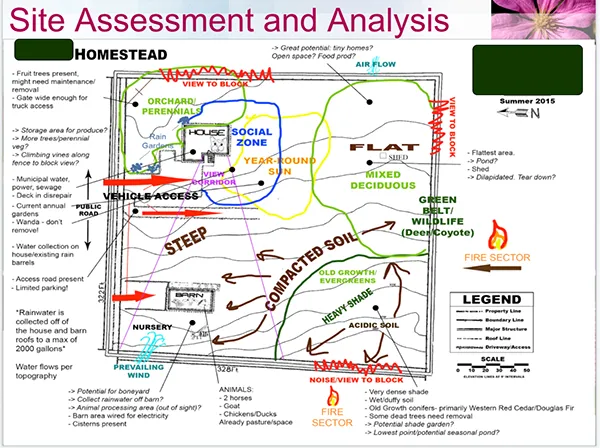Getting through the tough times ahead
If you don’t believe in human-caused climate change, guess what? You’re going to die. Secondly, if you’re one of the smart ones who knows climate change is a real thing, you’re also going to die. The question is, how are you going to live your life until then?
A Principle: Climate Change itself is Common Sense. The biosphere on our planet is a closed system. We keep heating it up and filling it with poisonous gas. Imagine if you had a fish tank, and started gradually heating it up and filling it with poisonous gas. Would the heat and gas just… go away? Really, human-caused Climate Change is so obvious that choosing not to believe in it is literally stupid.
So the question becomes: what do we DO? What can we actively, actually do, on the ground, in the face of Super Storms and fires and droughts and floods, other than learn to tread water and breathe smoke?

Photo by Michael Held on Unsplash
Ask a lot of people and they’ll tell you, “buy a more fuel efficient car! Fly less! Use less air conditioning! Eat organic!” Which, sure, okay, but come on now. Most people aren’t privileged enough to afford to make all of these changes. Many of us can barely afford conventional food, let alone organic. And flying less sounds lovely but it’s hard to fly less than “I can’t afford a plane ticket.”
The Paris Accord is toothless. Government action won't happen. The real, visceral impacts of Climate Change are happening far, far more quickly than even many climate scientists anticipated. Tough times are ahead, and it’s really easy to feel powerless, especially since so many of us are just trying to make it day-by-day.
However, we are not powerless. There are a few universal things we can do to get through difficult times, and to increase our chances of withstanding the difficult times ahead….
OK. So. Instead of freaking out about Climate Change and how we’re all going to be drinking bathtub water and selling our dogs for food, why not consider the possibility that it’s an opportunity?
Keep in mind that the planet will be fine. “Save the Planet” is the wrong message. It’s HUMANS who are in trouble. *Really, Climate Change is ultimately a challenge not for the planet, but for relationships.* We can’t know for sure how Climate Change is going to impact society writ large, and there are so many variables involved, and changing things on a macro- level via policies and regulations will only go so far. However, we can work on our immediate and personal ways of being, which are going help us no matter what. (In fact, this would help even if Climate Change was a hoax!)
As this is the case, there are really only three things to keep in mind:
Family, Consideration, Sufficiency
Earth will adjust. It’s its own system, and if everybody stopped breathing tomorrow, there’d still be oceans and mountains and forests and jellyfish and such. But humanity is running some real risks of facing down a period of serious discomfort. I just mean, it’s time to face the facts that we’ve missed our chance to take the easy way out, so doesn’t it make sense, then, to think about looking for ways to adjust to that discomfort now, before it really hits?
So how do we do that?
Start-ups? Silicon Valley? A.I.? Mars colonies? “Innovation?” Nah. Yes, Science and Technology are good tools, and not taking advantage of these methods of exploration is ridiculous. Here’s one thing, though: all technique expands to fit all of its potentialities (vide Jacques Ellul). Science and Technology are neutral.This means that as soon as somebody invents a microwave oven, the potential exists for somebody to make a microwave weapon. And they will.
Attempts at “Innovation” that serve to cut us off from our relationship with other living systems will cause more harm than good. If we grow all of our greens in shipping containers fitted with hydroponics, why bother trying to save the soil? If we spend all of our technological resources trying to colonize Mars, who cares what happens to the bees?
Of course, unless you’re directly involved in scientific or technological research, you might not even see the results of the benefits coming from science, especially if you can’t afford to.
Rich people are always gonna be first in line for cyborg parts, get me?
Politics? Nah. Sure, vote and protest and be activists, but most of the damage is done. The problem is global, and massive. It’s entirely possible that a single world dictatorship could turn this boat around, but obviously we don’t want to go down that route.
So, the solution needs to be personal. We need to be our own EPAs.
Family
For most of us, the first thing to consider is, how is what you’re doing impacting your family? Now, when I say family, I’m not talking about your blood relatives. I don’t mean your mom and dad and baby, necessarily; I mean the people you choose to include as your family. It’s a movable category, not based on genetics, although it certainly can include your genetic relatives.
One good way to look at it is that your family is made up of all of the people who you’d want to say goodbye to if you died. Might be nobody you’re biologically related to fits that bill, but usually it’s a mix of your biological relatives and your friends. These are the people you impact most in life. Are they comfortable? Are they healthy and happy? Do they have enough to eat?
Some things to consider: can you grow food? Can you cook for yourself? You don’t have to do these things, but maybe if somebody in your family knows how to do them, you could do something for them, and then if things get bad in your area, you’ll be a little more ready. Or, maybe your family is synergistic, and you all have all of these useful abilities, and so if it gets really hot one day, or super-cold, you’ll find one another and help one another out.
This “family,” who you may not get along with all of the time, which is okay, are the people who make you happy. Since they make you happy, spending time with them and having fun with them and doing things for them is the way you exercise the obligations to one another we all have. When one of your family members does something nice for you, and makes you happy, everybody benefits. It’s all about consideration.
Consideration
One of the things that makes life a lot better and more purposeful is consideration. This isn’t like, being considerate or inconsiderate when you pass the peas or open the door for somebody. It’s considering things.
Consideration is really thinking about relationships between other people, other things, and other events.
When you’re truly considerate, you’re constantly mulling over the question, “if I was literally this other person, how would what I’m doing impact her? What can I do to make this person’s life a little easier?” Or, you might be mulling over the question, “does this idea really make any sense, and if it doesn’t, is it worth pointing that out?”
A Principle: Climate Change Will Impact the Least Privileged, Most Disadvantaged First. Poor people, People of Color, Women: these are the bodies on the front lines of Climate Change, and consideration needs to start with them.
Being considerate doesn’t always mean being nice. Let’s put an end to that little rumor right now. Sometimes you need to point out that certain ideas are moronic, regardless of where they’re coming from. There’s a lot of “there are two sides to every coin/there were good people on both sides” talk going around lately, and that’s not always the case. Sometimes people are wrong, and you should react to them with consideration (or in the case of Nazis, maybe punching?).
Even though being considerate doesn’t always mean being nice, it does usually mean that you make an effort to be good and pleasant.
Come on: you know that on the balance it’s better to be good and pleasant when you interact with other people.
You know this. If you don’t know this, you’re failing as a human. Or, you’re sick. Sure, maybe other people do things differently; maybe somebody somewhere is a jackass or mean or does evil things, but I’m not talking about other people. I’m talking about YOU, the person reading this right now. Enough with this “that person was mean to me, so I’m gonna be mean to that person.” Wah, you dumb baby! You’re being mean to yourself! Suck it up, and get over yourself! “This person cheats to get ahead, so I’m going to cheat, too.” Boo-hoo-hoo, babydoll! You know cheating is wrong, so don’t do it. Geez, this is really easy! It’s not about other people — it’s about you!
It’s also a matter of extending this consideration to your immediate environs, the network of entities that surround you, in which you participate. It’s Participatory Ecology. Really consider how your actions impact the plants, animals, waters, rocks, air, and other humans in your immediate surroundings.
It’s helpful to look to Animism as a useful model for progressing forward.
If we can all work on this, it’ll go a long way towards helping us get through any possible Climate Change scenario, even the scariest of the scare-monger scenarios.
Participatory Ecology allows for — even requires — adaptation. When you start becoming aware of the actual circumstances surrounding the living networks around you by considering how they interact, you’ll begin to learn how to change your behaviors and evolve with any major changes. It’s the difference between relying on a calendar for planting (“plant on March 10th!”) and relying on observation (“March 10th: still frost on the ground. Crocuses not yet in bloom. Wait until next week to plant.”).
Sufficiency
Finally, it’s time to replace the concept of efficiency with the concept of sufficiency. (This is the longest section, so bear with me.)
Let me explain: lots of folks are big on the idea of “self-sufficiency,” but there’s really no such thing. Even the most self-sufficient person is usually dependent on other people in some way or another, to make tools or drive buses or pave roads.
Sufficiency, on the other hand, is about having a real understanding of why you’re doing the things you do, and how the things you do contribute to your overall well-being, outside of the vagaries of culture.
So, for instance, it behooves us to eat good, mostly healthy food, and to learn how to make good, healthy food, and to stay clean and keep from getting sick as well as we can. It’s not all “you have to be vegan, or you should never watch TV, or you should avoid all fast food.” Instead, it’s about knowing what is sufficient for you, and acting on that instead of on the signals you get from the imperfect world around you.
One of the worst things we’ve ever done to ourselves is to come up with this ridiculous “work ethic” concept. Somebody decided that hard work and industriousness are virtues, to such an extent that you’d better do it, or you’re failing at being a human. But look, for most people, work isn’t a virtue– it’s a requirement. You’ve got to work.
Work is not a virtue, it is a default state.
For most people, saying “work is a virtue” is like saying “breathing air is a virtue.” “Good job drinking that water, Timmy– you’re goin’ to Heaven!”
But the work ethic is a basic assumption. From one side there’s all this talk about “Workers of the World Unite,” from the other it’s “Work Hard and Get Rich.” There’s never any discussion about the fact that having to work to survive sucks.
Isn’t it crazy? You have to eat, have to have a roof over your head, have to take care of yourself and your family, so if you’re privileged enough to have a job you work and work, regardless of whether you’re actually doing something you enjoy, and then you get a few years off to have fun right before you die. Isn’t that messed up? There’s no changing that, generally; it’s a “fact of life,” as they say.
Well, that is, except for a certain subset of people who don’t have to lift a damned finger. There’s a damnable set of people who don’t have to work a day in their lives, so they don’t bother. Why should they? You’re doing their work for them. That’s how it is here, where you live. So how can you stick it to them?
Here’s one way: you can learn to be sufficient.
(Yeah, yeah, they’ll say, “do what you love and it isn’t even work,” but the world doesn’t work that way. Not everybody’s in the position to do that. Not everybody can take time off to “pursue a passion.” Not everybody can take a break from feeding their families to write a novel. Not everybody can get out of the cubicle to audition for a play. A lot of people have to dig through garbage dumps to eat. They cannot follow their passions.)
So how can you be sufficient? First of all, let’s talk about the word: sufficient means “enough.” What’s enough for you? You’re the only one who knows that. Do you have enough? Do you need more? How much of your free time is it going to take to have enough for you? Maybe you like a little more than other people: maybe you’re okay with not having a TV, or maybe you like to play on a video game console? Maybe you like to eat good food, or maybe you’re okay with really simple meals? There’s no right or wrong answer; I’m not talking about whether it’s good or bad to have stuff. I’m just asking what it is that you’re after.
Next question: what’s the most you can benefit from doing the least? This seems like a dumb question, but it’s not, because of this idea of work as a virtue. Again: work is not a virtue. It is a default state. Suppose you’re thirsty. Suppose you like a little more water than quenches your thirst, say a glass full. Are you a better person if you blow the glass yourself, then travel to a glacier, chip off some snow, melt it into your hand-blown glass and drink it down? No. This has no value on you as a person. It would be impressive, but strange. You can just go into the cabinet, grab a glass, turn on the faucet and take a drink.
This is the difference between Efficiency and Sufficiency: Sufficiency is like drinking tap water from a glass that’s already in your kitchen instead of glacier water from a hand-blown glass; Efficiency is figuring out the quickest way the get the largest number of people to the glacier.
Now, let’s get a little more complicated. Let’s talk about gardening, because it’s such an applicable example. Lots of people want to garden. Not many people actually do it. Why? Because it can be really hard work. People think, gotta dig holes, rip up sod, keep plants alive, “I have a black thumb tee hee hee.” Thing is, unless you’re doing it as a profession, it’s really not that hard when you consider the payoff.
Yeah, you might have to dig up some grass, but then you won’t have to do any more exercise that day! Or, you can look into no-dig, no-till methods and see if they’re right for you. Yeah, you’ll need to know a little bit about what grows where you are, and whether your dirt is any good, but you can ask somebody at a Nursery and they will tell you. Yeah, you have to pay attention to plants so they grow, but it’s like a buck fifty for a hundred seeds, so if a few die, who cares? Yeah, you have to water, but if you get the right plants for your climate (ask somebody), you don’t have to water that much.
Eventually, it’ll get to the point where one day, you’ll wake up and go outside to your garden and say, holy crap, there is broccoli! Growing in my yard! And I don’t have to buy it!
Now, this is a sufficient gardening practice for a small household gardener who probably won’t be feeding the whole family from a backyard plot. If you want to grow all of your own food, it does take a lot more. But that’s the beauty of this approach: you don’t have to. My lecture on gardening is an example of how the work you do, when you consider what is sufficient for you, is far less than the work you anticipate having to do.
Let’s think about some of the work you have to do if you choose not to garden. You have to work at a job to pay for vegetables. You also have to pay for the gas it takes to get to the store or farmer’s market. You have to work to determine whether what you’re eating has pesticides on it, whether organic and GMO is a thing you need to be concerned about.
Then, what about the global scope of buying vegetables at the market? Vegetables have to be grown somewhere else, shipped in. Gas has to be purchased to ship them. Power has to be used to run the market. Once you start thinking this way, you start to realize how much shopping at a grocery store can be like getting a glass of water from a glacier (and don’t even get me started on clothes dryers and electric razors).
Of course, we’re talking about sufficiency. Maybe the cost of shopping for vegetables is better for you, which is totally fine. It’s just that when you think about things from the standpoint of sufficiency, you start to get a broad idea of what’s involved with everything, and start cutting through the extraneous work required. Hey, for instance, you’ve been talking about the value of your family, those people closest to you. What if you guys were to get together and start a garden together? Less work, more reward. If you’re no good at gardening, but really good at, say, babysitting, or cooking, or fixing things, maybe you can do these things for your family members, and they can do some gardening. It’s fun to think about these things, but it’s funner to do these things!
Nifty trick: you can apply this way of thinking to pretty much all of the work you have to do in the world. For instance, if you have a job in an office someplace, what’s the most sufficient amount of work you can do, and how much of your time can you free up to make things better? Here’s one for you: what about spiritual work? What’s the most sufficient way you can connect with your spiritual side?
What works best, but takes the least?
The more of us who come to this understanding, the more we can move away from the moronic thought processes that got us into the Climate Change situation in the first place.
Remember, I’m not talking about efficiency. Efficiency is a buzzword created by technocrats and marketing departments and self-proclaimed “experts” who’ve figured out a great way to keep their jobs perpetually. Efficiency most often ends in tragedy. Efficiency is about getting rid of some people and making other people work harder, which is terrible. On a personal level, it’s about working harder now to free up time so you can work harder on something else. This is terrible. Don’t think of the most efficient way to do something– think of the most sufficient way to do it.
The drive towards “efficiency” and getting more faster is what got us into this mess in the first place.
When you start thinking about things this way, you start to realize that you have a lot more time to do things that make you happy. I’m not talking about being lazy, not in the sense that you’re just not doing anything and so you’re draining away and making a big sucking noise; I’m talking about learning the smartest way to do things.
Listen, you know how every time a bell rings, an angel gets its wings, or some such silliness? Well here’s another one for you: every time a human in a suit says the word ‘Efficiency,’ another human loses her livelihood. If they say they want you to be more efficient, what they mean is, they can’t afford to pay somebody else. Evil, I tell you– and the worst of all the critters are the ones riding on the shoulders of the ‘consultants.’ If you see a ‘consultant’ coming, the hair on the back of your neck’d better be standing at attention.
You think efficiency is good, and it is when you’re talking about fuel, or soup, but not when you’re talking about humans. When you’re a human trying to live a life, it’s best to do as little work as you need to do, so you have some extra time to do things like play with your kids or draw or go for a walk. If you don’t have a little extra time, you go crazy. But, when you’re in a situation where some cold-blooded critter-ridden consultant is telling you you need to do more, and faster, not only are you losing time, you’re also taking away somebody else’s.
Let me tell you a story about this chicken I once knew. She was out in the farmyard, scritching around, and she finds this sack of wheat, see? So she starts thinking about how nice it would be to have some bread, but how it’s kind of a pain to make bread when you’re a chicken, so maybe she could find some help. She decided to ask her friend the dog. “Hey dog, you want to make some bread? It’ll be less work for us if we both chip in, then we can share it.”
“Sure,” said the dog. “You grind the wheat, and I’ll mix it into dough.”
So the chicken ground up the wheat and took off to do something fun while the dog mixed it into dough. Although they’d both done less work than they’d have done if they’d tried to do it on their own, they were pretty tired, so they decided to see if the cat wanted in, too. “Hey, cat,” said the chicken, “we’ve done some of the work, here, but now we need somebody to knead the dough. Any interest?”
The cat was used to kneading, of course, what with its claws, so it agreed, and kneaded away while the dog and the chicken took a nice nap. Finally, they let the dough rise, and the loaf was ready to bake. “This is gonna be great,” said the chicken, “but I’d sure like to keep napping. Maybe the duck can bake the bread for us.”
The duck was more than happy to bake the bread, so it put the bread in the oven and kept an eye on it, glad it didn’t have to go through the entire bread-making process.
Finally, the delicious bread was finished. The duck took it out of the oven, and they sat at the table in the farmyard. They even shared some with the pig, because why not? It smelled so good, the farmer came out of the farmhouse and stood scratching his head.
“You animals know how to bake bread?” he asked.
“The proof is in the pudding,” said the chicken. “I ground the wheat, the dog mixed the dough, the cat kneaded the dough and the duck baked the loaf.”
“It was all the chicken’s idea,” said the other animals, praising their friend for her initiative.
“Well shit,” thought the farmer. “A chicken who knows how to bake bread. Hell if I need to keep feeding the rest of these animals.” So he shot the dog, drowned the cat, cooked the duck (and the pig) and made the chicken bake four loaves each day, because that was way more efficient, see?
For the sake of a functioning family, everybody needs a little something to do, a little role to play. Maybe it’s not anything more than how a little kid can ‘help’ dad take in the washing. Maybe it’s that one person chops the beans and the other person boils the water. Maybe it’s you clean your room and I clean mine. But, it’s the sane way to do things.
Seriously, end Efficiency now, or we’re gonna have some serious issues down the road a piece. You can sing this: “Give everybody, a little something to do, and that means less work for the rest of you. Make one person do all of the work, and you may be faster and richer but you’re kind of a jerk.”
You’re probably reading this, thinking, “How is all of this going to help fight Climate Change?” And, the answer is, it’s not. We’re too far along in this process to get back to the “way things were.” It’s why I hate the word “sustainability” so much, because why do we want to “sustain” the status quo?
Instead, this is a call for embracing the principles of Family, Consideration, and Sufficiency. The future isn’t going to be made better by developing a new app, or by developing alternative fuel sources, or by uploading our consciousness into metal bodies. It’s going to be made better by fostering better, healthier human relationships on a small scale, and by considering the impact of our actions, and by designing ways to produce the highest possible yields with the smallest amount of work.
If we can figure out how to do this, starting with the least privileged in our communities, then our kitchens, then ourselves, then our immediate environs, we’ll be prepared to deal with whatever new future awaits.
But, then, you already knew all of this, didn’t you?
Find me on Mastodon!
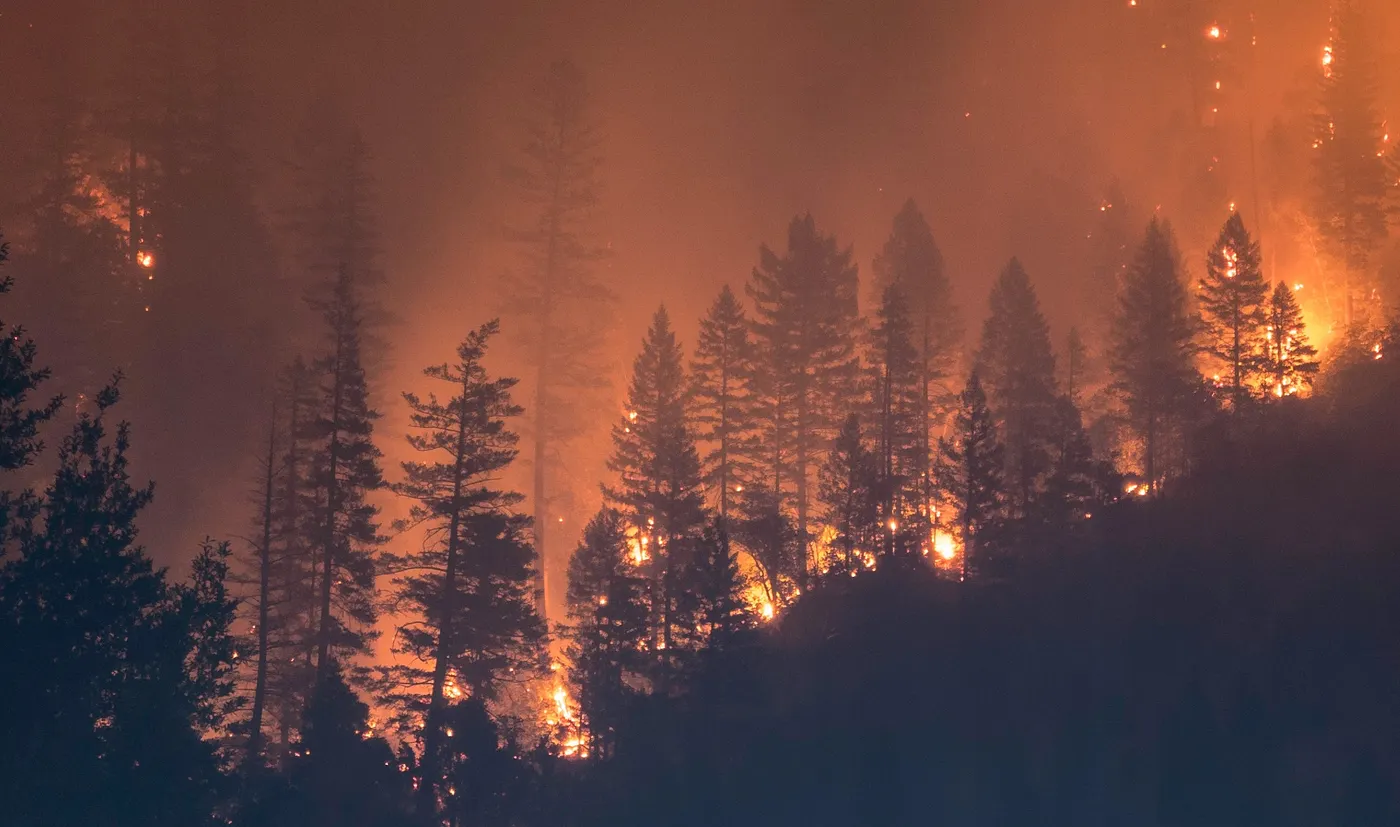

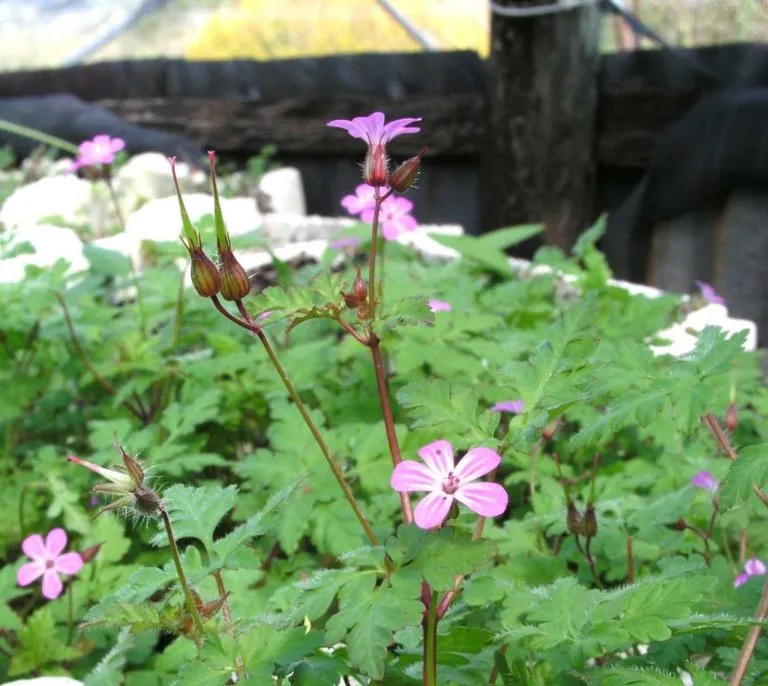

 Photo by Lucas Ludwig on Unsplash
Photo by Lucas Ludwig on Unsplash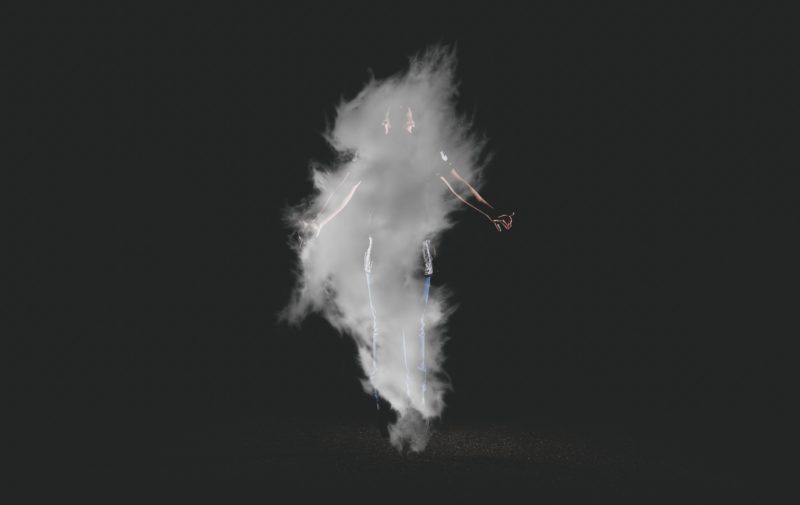 Photo by Josh Marshall on Unsplash
Photo by Josh Marshall on Unsplash “Smoke monster,” anyone?
“Smoke monster,” anyone?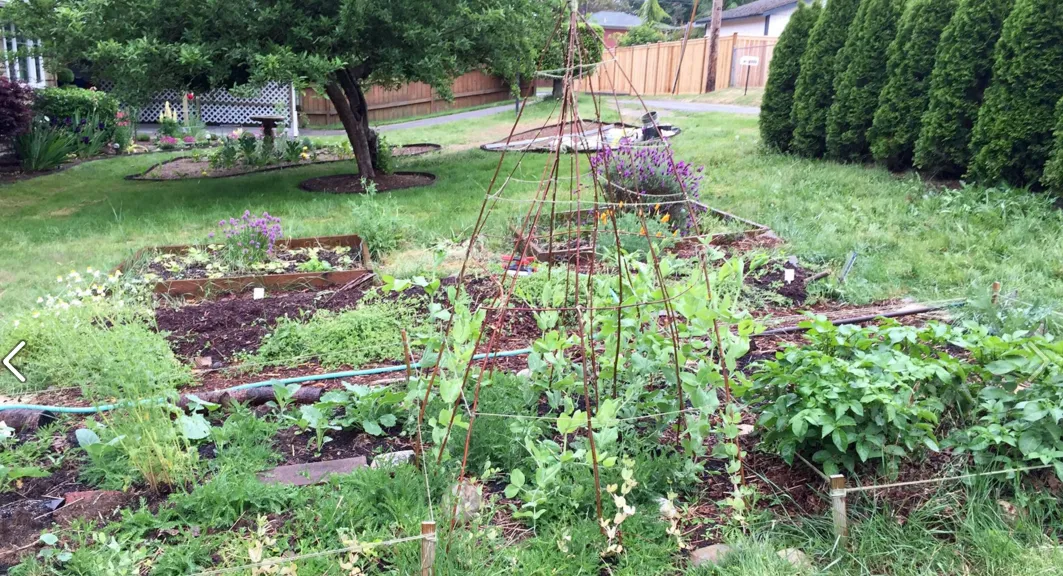
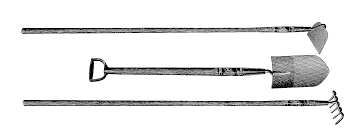

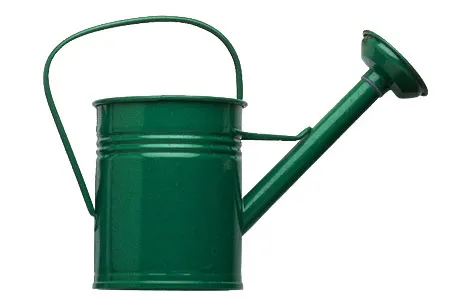
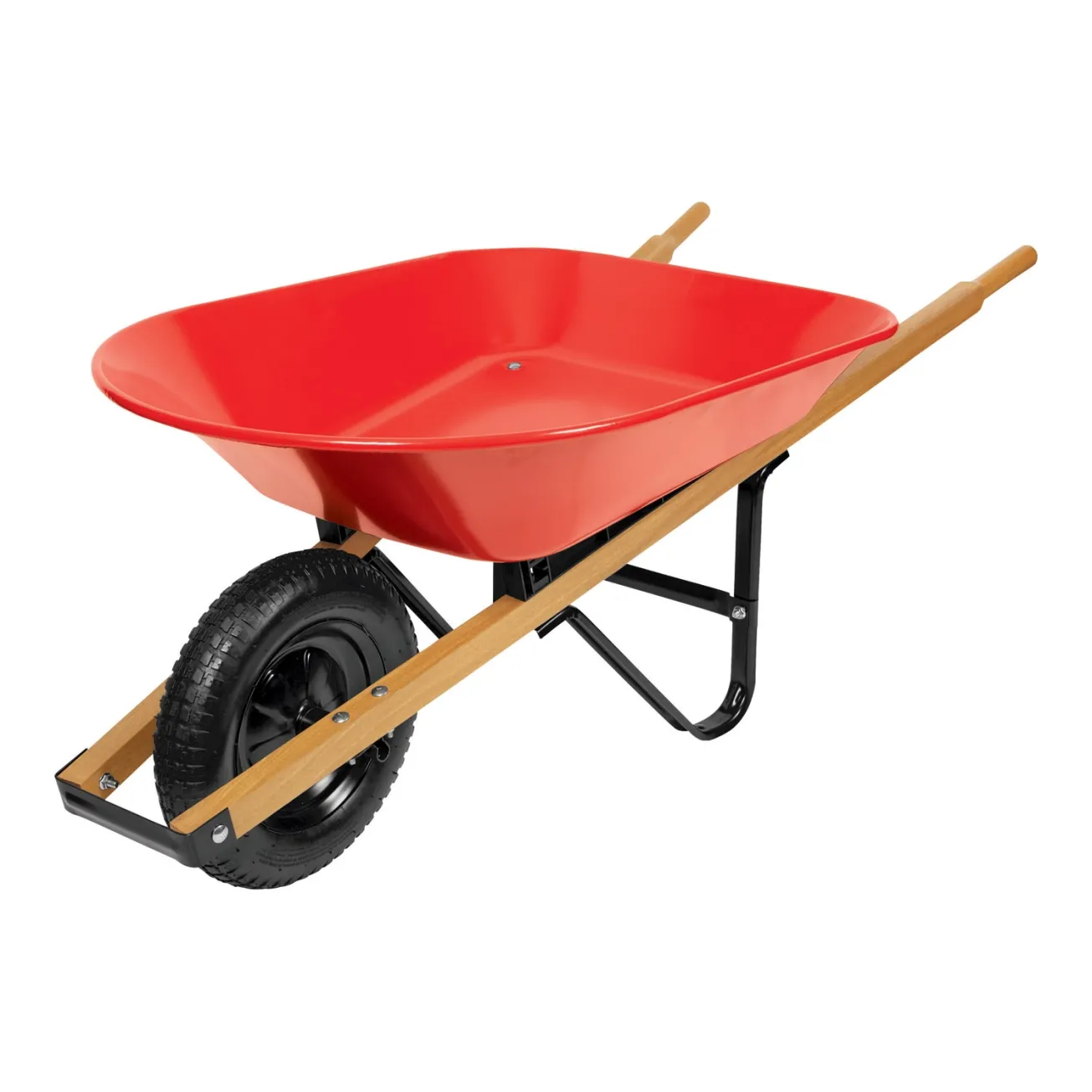


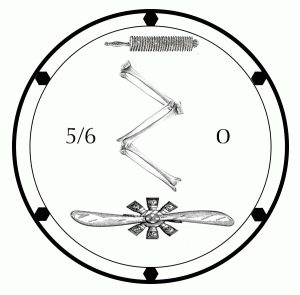
 Photo by
Photo by 